The full name of Kenya is the Republic of Kenya, located in eastern Africa, crossed by the equator in the middle, adjacent to Somalia, Tanzania, Uganda, Ethiopia and South Sudan, bordering the Indian Ocean to the southeast, with a land area of 582,646 square kilometers, and the whole country is divided into 47 counties.
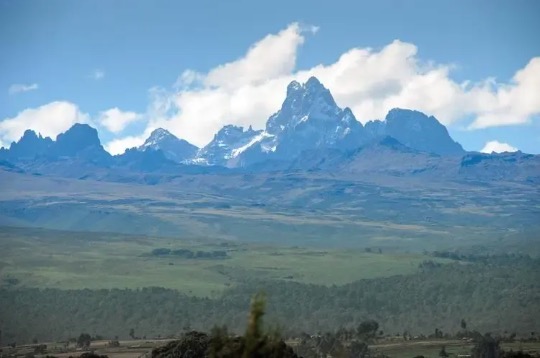
The Kenyan flag is designed based on the flag of the Kenya African National Alliance before independence. It is composed of three parallel and equal horizontal rectangle shapes from top to bottom, with a white side on both the upper and lower red rectangles, and in the middle of the flag surface there is a shield and two crossed spears. Among them, black symbolizes the Kenyan people, red symbolizes the struggle for freedom, green symbolizes agriculture and natural resources, white indicates unity and peace, and the spear and shield symbolize the unity of the motherland and the struggle to defend freedom.
There are many plateaus within the territory of Kenya, and the average altitude of the plateau is 1,500 meters. Only the coastal areas are plain areas. The east branch of the Great Rift Valley runs through the north and south of the plateau, dividing the highlands into east and west parts. There are many lakes in the country, and many volcanoes stand, among which the dead volcano in the central highlands, Mount Kenya, is 5,199 meters above sea level, which is the second highest peak in Africa. Kenya is located in the tropical monsoon zone, and most of the areas belong to the tropical savanna climate. The coastal areas are more humid and hot, the plateau climate is mild, and the rainy season is from March to June and from October to December, and the rest are dry seasons. The annual temperature is between 12-24 ℃, and the annual rainfall decreases from 1,500 millimeters in the southwest to 200 millimeters in the northeast. High-altitude mountain areas, volcanic soil, sufficient sunlight and appropriate rainfall have made the country’s agriculture and tourism more developed.
Coffee growing areas. There are many coffee growing areas in Kenya, which are concentrated in the southwest and central part of the country, with a total of 14 growing areas including Bungoma in the state, Embu, Kiambu, Kirinyaga, Kisii, Machakos, Menu, Elgon in the Mt., Murang ‘a, Nakuru, Nyeri, Thika, Taita Taveta, Trans-Nzoia. Among them, Nyeri, Kiambu, Murang ‘a, Embu and Thika are the most famous. There are two harvest seasons in Kenya, the main harvest season is from October to December, and the secondary harvest season is from May to July.
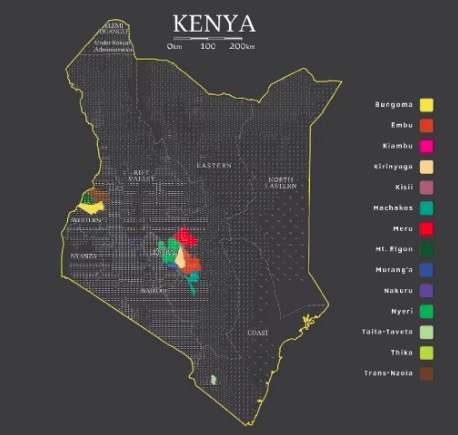
Nyeri: Located in the central part of Kenya, it is the place where the dead volcano Mount Kenya is located, and the planting altitude is between 1,200-2,300 meters. Due to the high terrain and fertile volcanic soil, Nyeri is in a key position in the central part of Kenya’s coffee, and the coffee-related industry facilities are also developed.
Kirinyaga: Close to Nyeri production area, the altitude is 1,300-1,900 meters. It is famous worldwide for its strong taste, rich layers, and solid taste. Together with Nyeri production area, it is recognized as the two best production areas in Kenya currently. The producers in this area are mostly small coffee farmers who join the cooperatives, and the cooperatives provide water-washed processing plants, and the coffee farmers send the coffee fruits to the processing plants of the cooperatives for processing.
Murang ‘a: Under the central province, it is also a production area benefiting from volcanic soil, with an altitude between 1,350-1,950 meters. There are about 100,000 coffee farmers in this area, and there are more small coffee farmers than estates.
Kiambu: Located in the central part of Kenya, it also benefits from volcanic soil. The production area is mainly large coffee estates, and there are also many cooperatives. The planting altitude is about 1,500~2,200 meters.
Thika: Thika is a small town located in Nairobi, the capital of Kenya. There are many coffee fields around Nairobi. Although Thika is an industrial town, it is surrounded by agriculture and waterfalls. There are about 2,000 farmers in the Thika area, and the coffee planting altitude is between 1,520-2,200 meters.Compared with the coffee beans in other producing areas in Kenya, the coffee in the Thika producing area will have a more obvious tomato flavor.
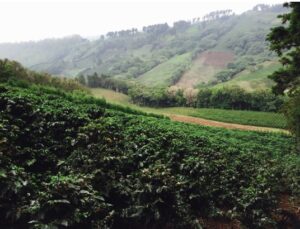
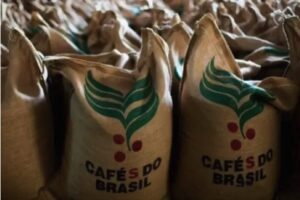
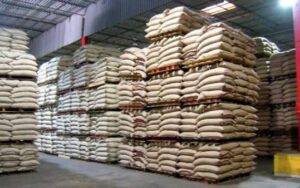
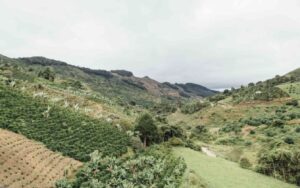
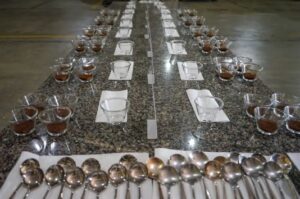
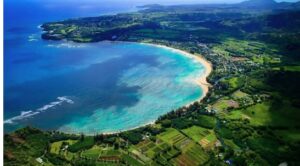
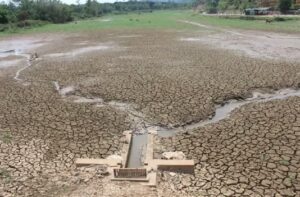
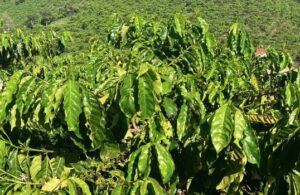
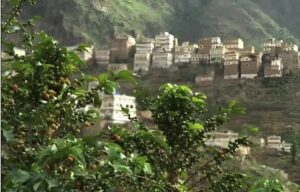

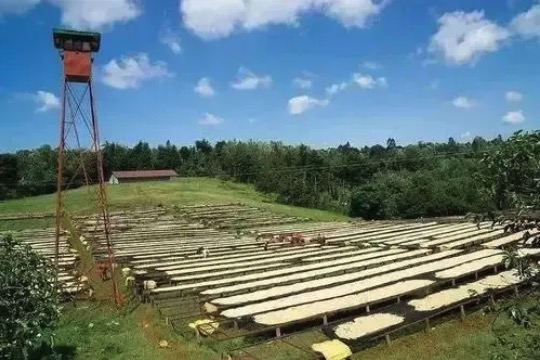
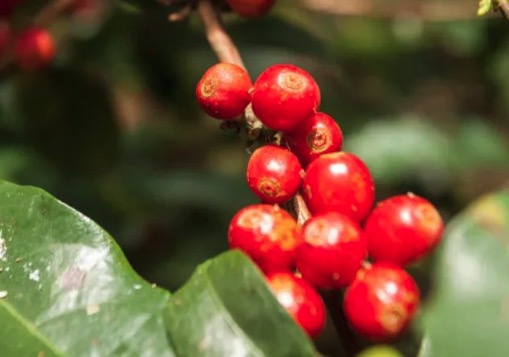
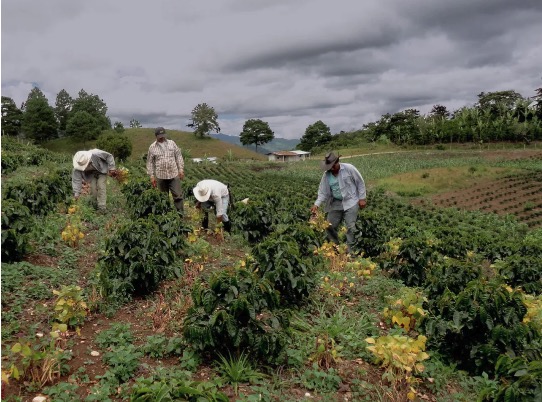
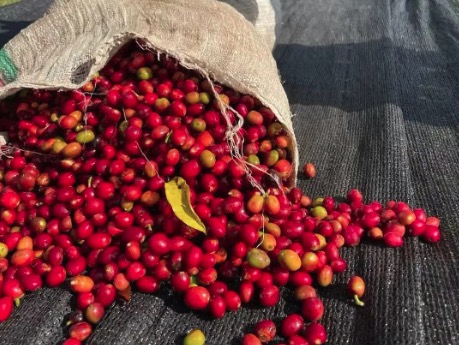
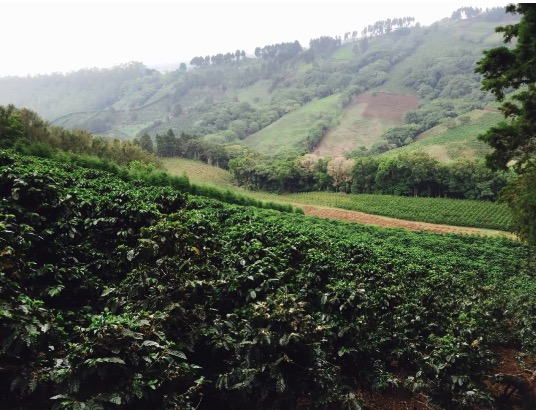
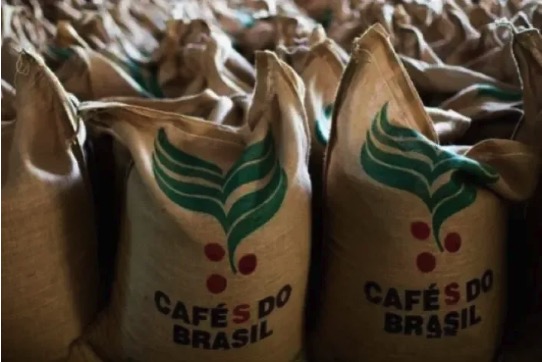
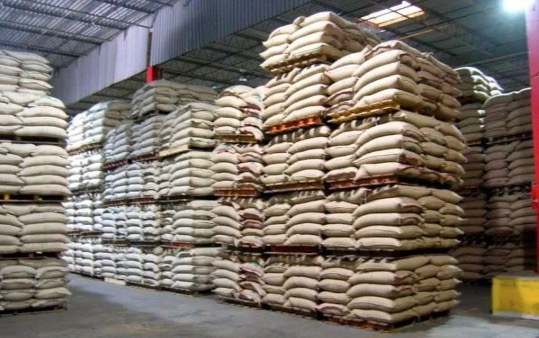
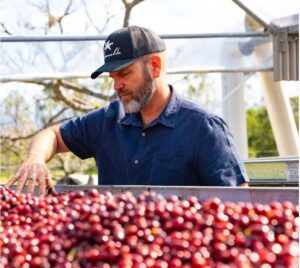
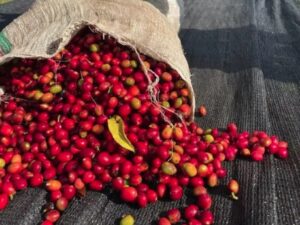
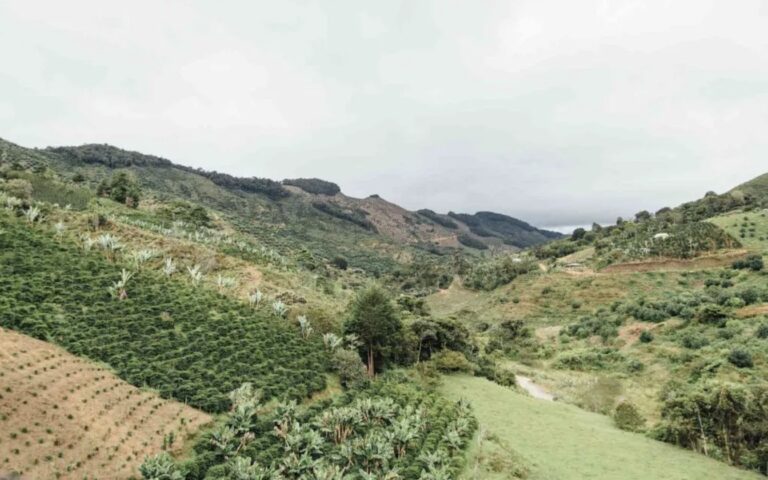
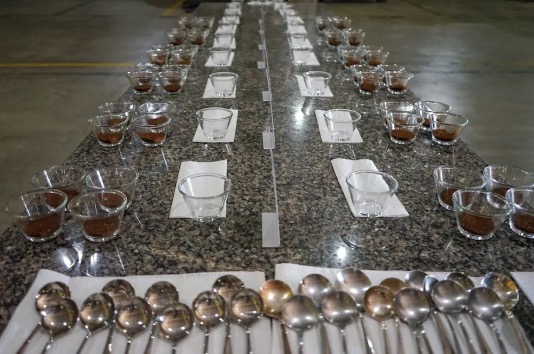
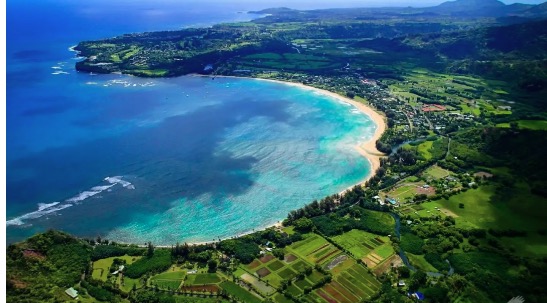
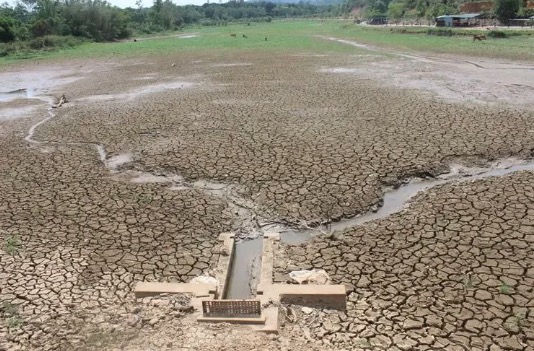
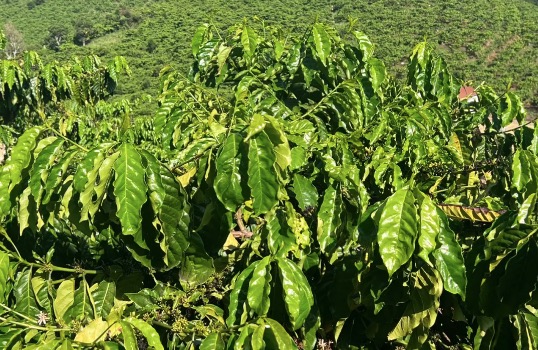
+ There are no comments
Add yours